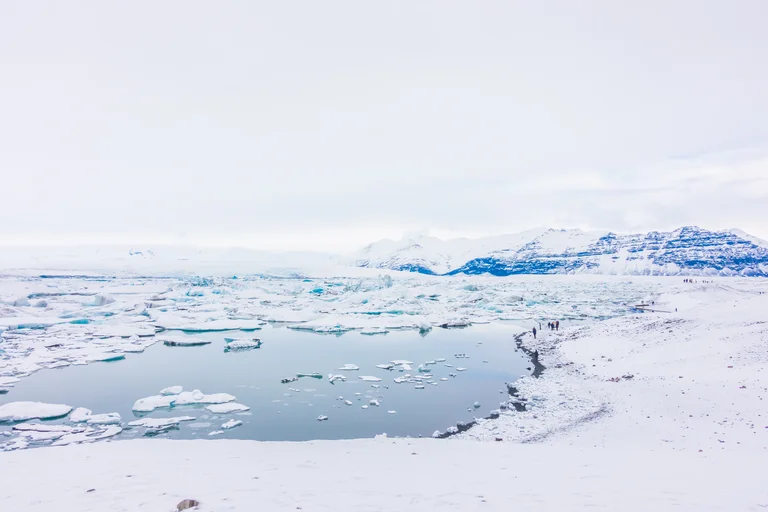
10 Interesting Facts About Antarctica You Didn’t Know
Antarctica, located at the southernmost point of Earth, truly lives up to its reputation as the land of extremes. It’s the coldest, driest, and windiest place on the planet, yet it’s also home to some of the 10 most interesting facts about Antarctica and hidden wonders. Most people imagine Antarctica as nothing more than a frozen desert, but beneath its icy surface lie buried mountains, ancient river systems, and even signs of prehistoric rainforests.
If you’re curious about amazing facts, cool facts, or even a few creepy facts about the frozen continent, this guide uncovers 10 surprising things you probably didn’t know. These interesting facts about Antarctica include both timeless wonders and the latest scientific discoveries from 2025.
10 Interesting Facts About Antarctica:
1. Antarctica holds 70% of the world’s fresh water:
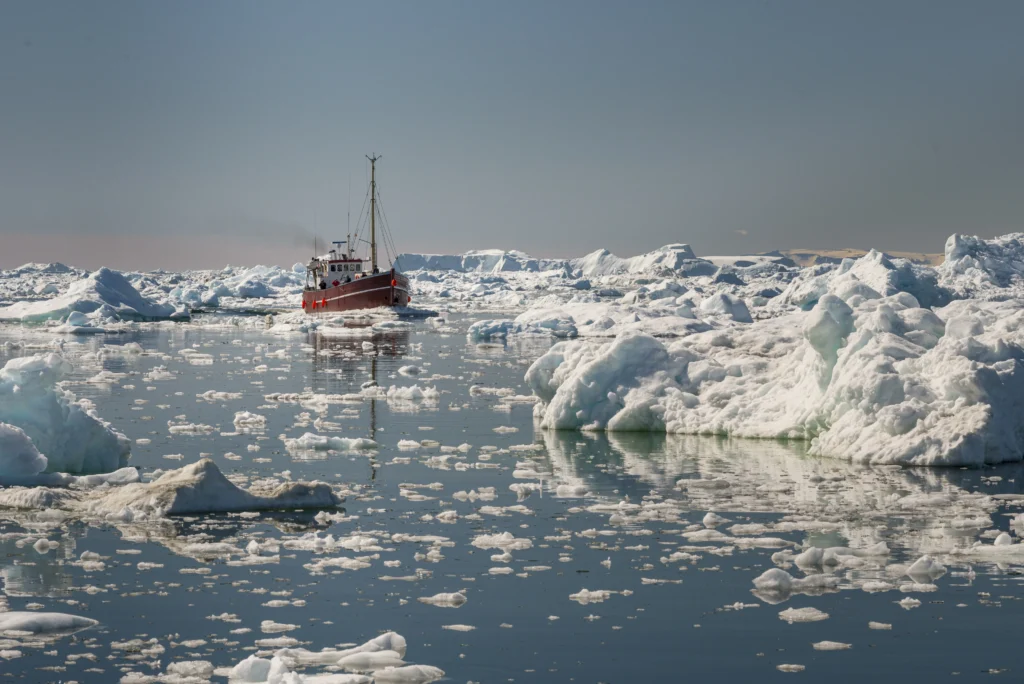
One of the most surprising facts about Antarctica is that its massive ice sheet contains nearly 90% of Earth’s ice and 70% of its freshwater. If all the ice melted, sea levels would rise by about 60 meters (200 feet), flooding coastal cities worldwide.
Scientists warn that rising global temperatures are accelerating ice melt, making Antarctica a critical focus in the fight against climate change.
2. Antarctica Has the Coldest Place on Earth:
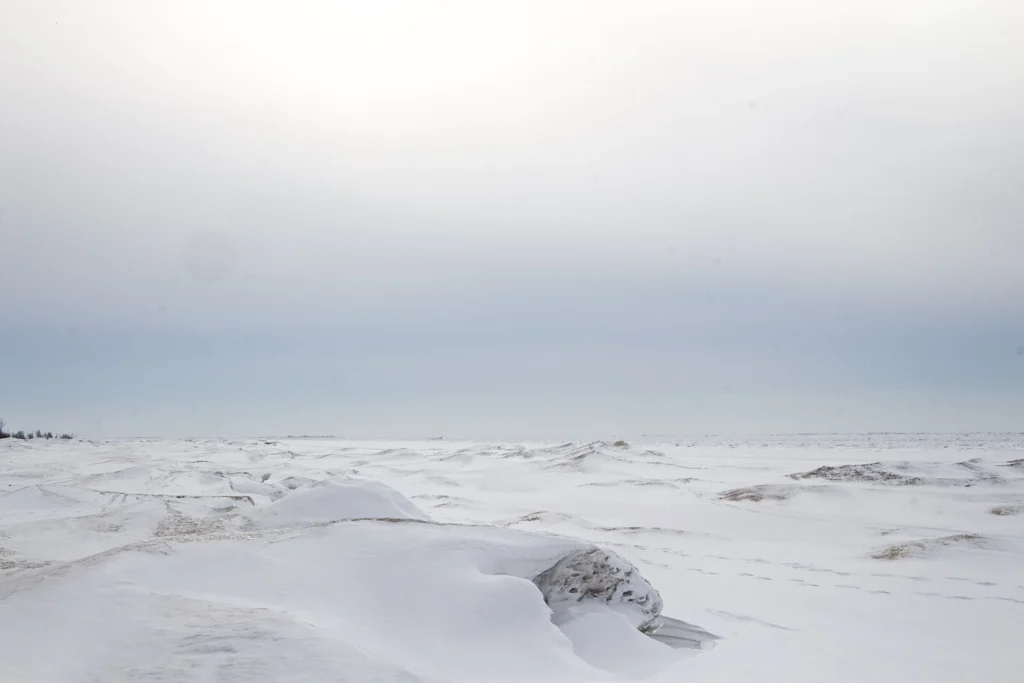
Antarctica holds the record for the coldest temperatures ever recorded on Earth. In 1983, the Vostok Station in Russia recorded the lowest measured air temperature, which was -89.2°C—a benchmark often cited in discussions of extreme cold events. But satellites have since discovered even colder locations: under calm, clear polar winter skies, small high-altitude hollows in East Antarctica regularly reach around -98°C (-144°F), making them among the coldest temperatures ever recorded on Earth. Under constant, clear air and arid conditions, NSIDC researchers showed that surface temperatures can drop to -98°C, which is likely close to Earth’s physical limit.
3. Antarctica Has No Permanent Human Population:
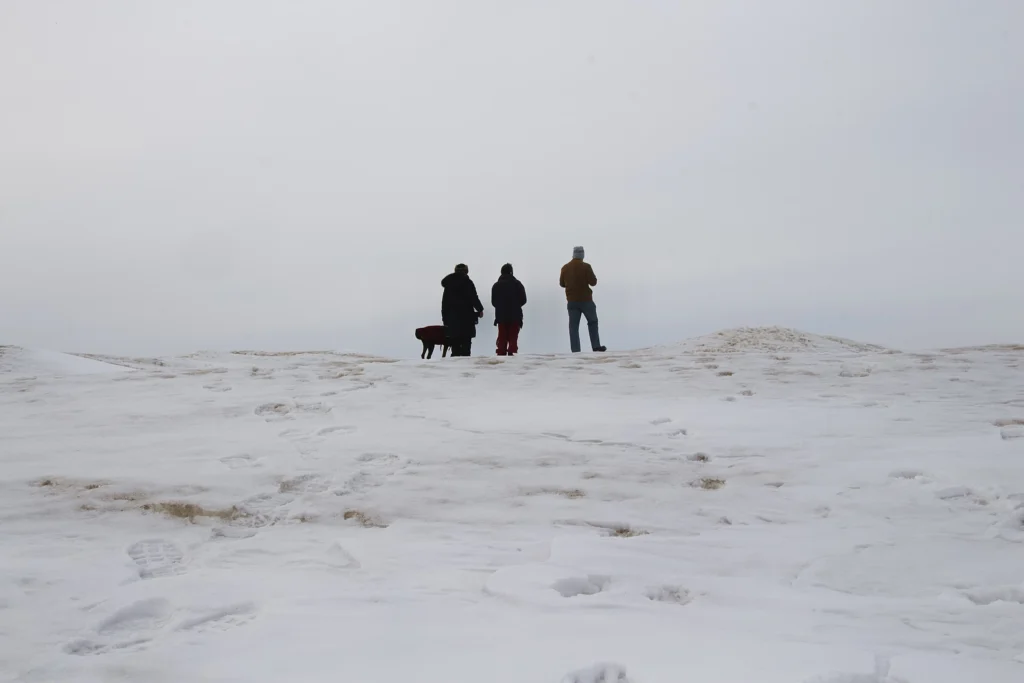
Unlike other continents, Antarctica has no native people, no cities, and no residential communities. Its only inhabitants are rotating scientists and support staff, ranging from 1,000 people in winter to about 5,000 in summer.
Countries like the U.S., Russia, Chile, China, and Argentina maintain research stations studying astronomy, climate change, wildlife, and even space technology—thanks to Antarctica’s low light pollution and extreme environment.
4. Windiest & Driest Place on Earth:
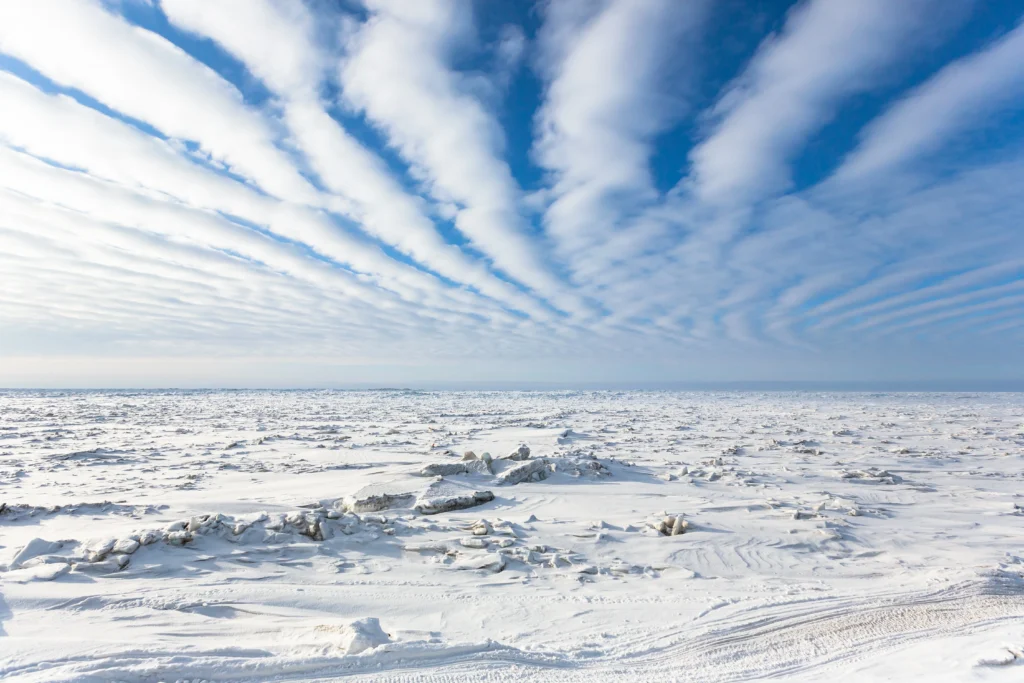
Antarctica receives only 150–200 mm (6–8 inches) of precipitation per year, which is why it is categorized as a polar desert. The driest part of Antarctica, like the McMurdo Dry Valleys, is free of snow and ice. It is also the windiest place on Earth with katabatic winds that can reach 320 km/h (200 mph). These winds are so strong that they produce diamond dust, which is tiny ice crystals that shine in the air like diamonds, and they also form ice into bizarre shapes.
5. Antarctica Supports Unique Wildlife:
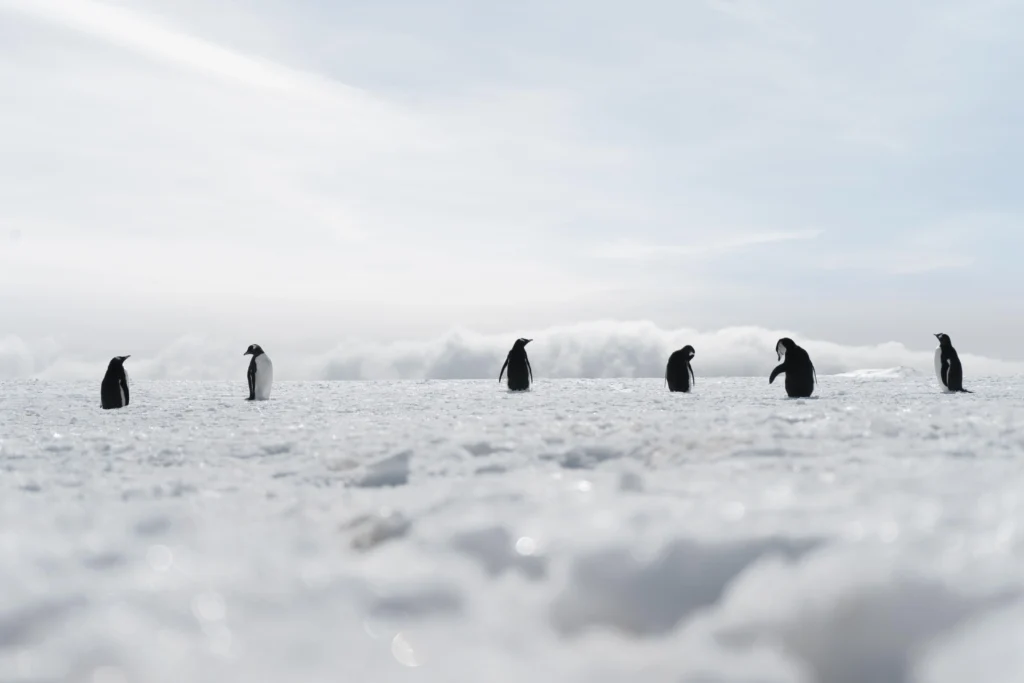
One cool and interesting fact about Antarctica is that it supports large wildlife populations, including penguins, seals, and various seabirds, and more. It’s the only place on Earth where you’ll find penguins living in the wild. Although temperatures on the continent can fall below -60°C (-76°F), animals like penguins, seals, and whales survive there despite the extreme cold.
6. Antarctica Once Had Rainforests:
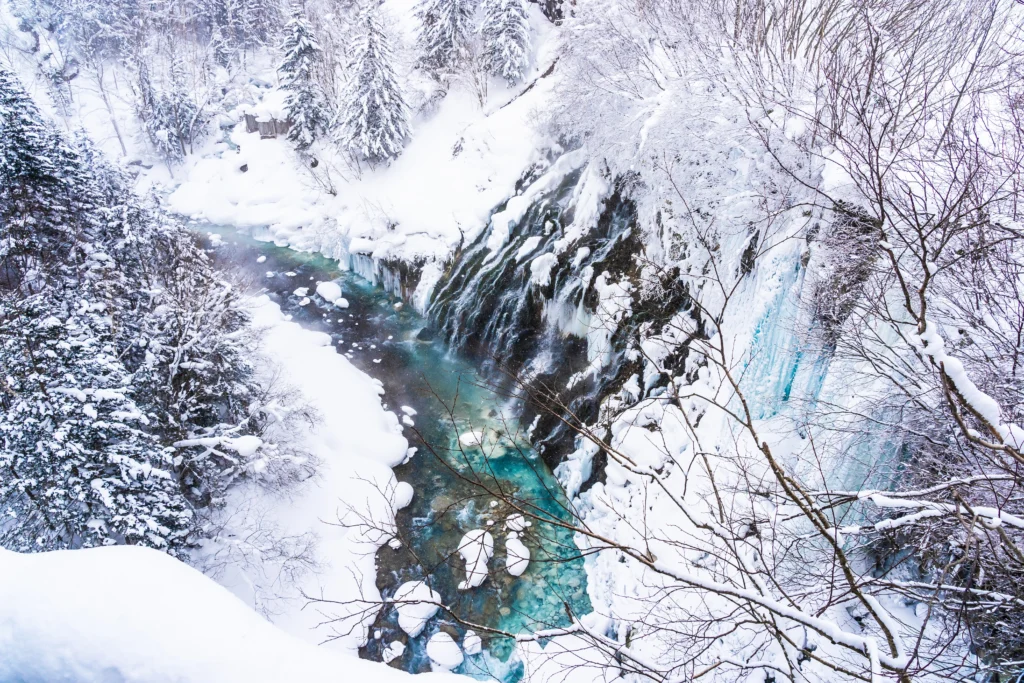
This one sounds like a creepy fact at first—Antarctica was once covered in lush rainforests. It is impossible to believe that, but Antarctica was not always frozen. Approximately 90 million years ago, during the Cretaceous period, it was covered in lush rainforests with rivers & diverse plants. Deep beyond the ice, scientists discovered ancient soil samples in 2020 that included pollen & fossilized plant roots. This discovery revealed that Antarctica once had a warm, humid climate, similar to what New Zealand experiences today.
7. Lake Vostok: One of Antarctica’s Hidden Secrets:
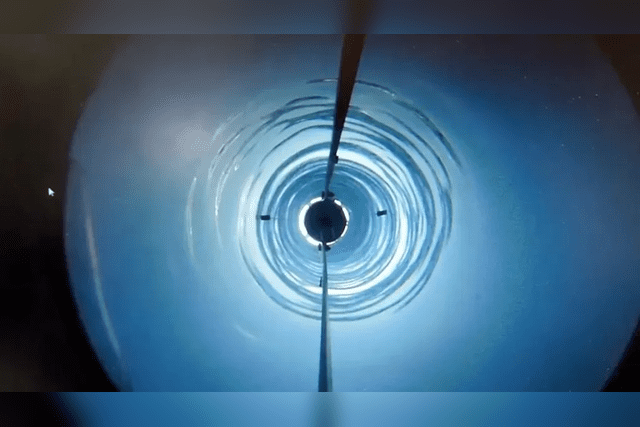
One of the most fascinating & amazing facts about Antarctica is its hidden lakes. Lake Vostok is an underground freshwater ocean that has been hidden for millions of years under the East Antarctic Ice Sheet. It is buried 2–4 kilometers under the ice, despite being as large as Lake Ontario in North America (about 240 km by 50 km). At least 15 million years ago, when Antarctica was warmer, this enormous lake formed.
Additionally, it has been sealed off from sunlight and the atmosphere ever since. In the 1960s, scientists first speculated about the existence of Vostok using radar missions. By 1993, they had pinpointed its location, and in 2012, Russian researchers finally drilled into it. We now know Lake Vostok’s water is -3°C (just below freezing) but stays liquid under the pressure of the ice.
8. Antarctica Has No Time Zone:
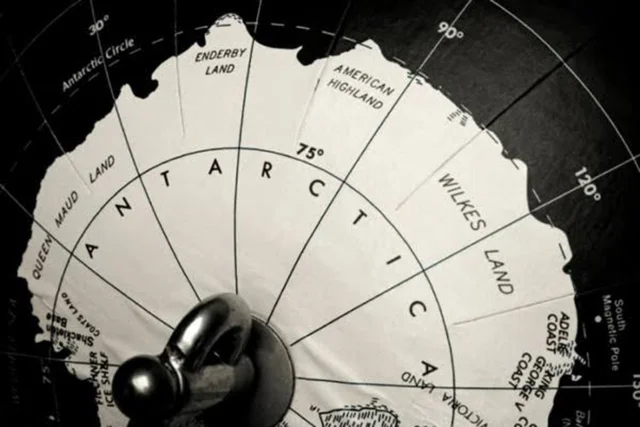
Here is one of the most unbelievable facts about Antarctica. Antarctica has no official time zone because it is an uninhabited region and all meridians converge at the South Pole. The majority of Antarctica has six months of nonstop summer light and six months of winter darkness. Without the typical indicators of day and night, time begins to feel a little different.
Research stations follow the time of their supplying country or a neighboring one. For example, Palmer Station uses Chilean time, whereas McMurdo Station (U.S.) follows New Zealand time.
9. There Are 80 Scientific Research Stations in Antarctica:
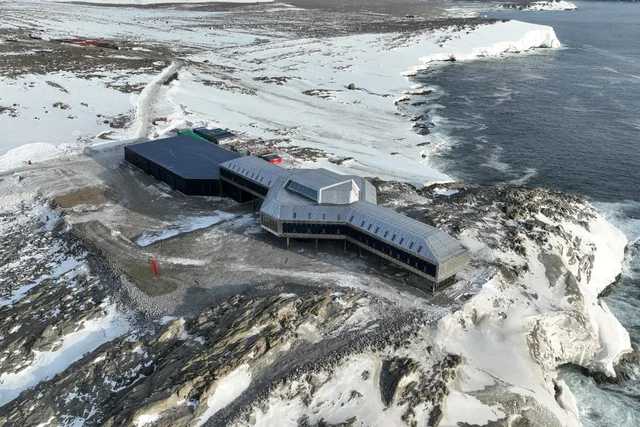
Antarctica has no towns, villages, or permanent residents. More than 30 countries operate 80 research stations there. The biggest is the US-run McMurdo Station, which can accommodate up to 1,200 passengers during the summer.
These stations are essential for researching Arctic wildlife, climate change, and even space. NASA frequently tests equipment in Antarctica before launching it into space because the environment there is similar to that of Mars.
10. Every Direction Leads North:
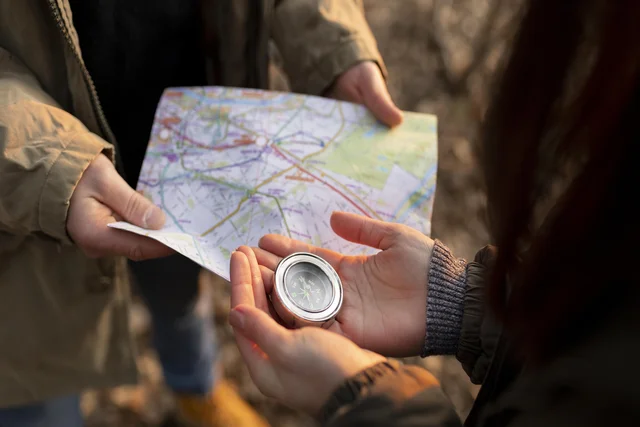
If you are standing at the South Pole, you are at Earth’s southernmost location. Every direction is north, no matter which way you look.
Here, one question arises: why do we refer to Antarctica as being in the west? On the other side, East Antarctica is the region referred to as south of Australia.
If this makes your position completely upside down, Greenwich will help. By designating the reference point, zero longitude (Greenwich, UK) enables you to orient your senses and prevent confusion. Standing on the South Pole with your back to Greenwich, East Antarctica is to your right, and West Antarctica is to your left.
New Discoveries About Antarctica (2025 Update):
Antarctica continues to astonish scientists with groundbreaking discoveries in 2025. Recent studies by Live Science have revealed hidden worlds beneath the ice and new methods for studying and protecting this fragile continent.
One of the most exciting discoveries came from satellite data, where researchers identified 85 new active subglacial lakes hidden beneath Antarctica’s ice sheet. These lakes fill and drain periodically, influencing how glaciers move and how quickly ice reaches the ocean.
In East Antarctica, radar imaging uncovered ancient river landscapes hidden beneath the ice for millions of years. These buried valleys and channels offer insights into the continent’s past, before it was fully frozen, and could also influence the flow of present-day glaciers.
When the massive iceberg A-84 broke off, scientists gained rare access to the newly exposed seafloor. To their surprise, they discovered thriving ecosystems of sponges, corals, and tiny marine life — showing that Antarctica’s ocean floor supports vibrant biodiversity, even in extreme cold.
These discoveries underscore how Antarctica remains one of the most crucial — and least understood — places on Earth. Each new finding not only expands our knowledge of the frozen continent but also influences how we’ll respond to climate change in the decades ahead.
Why Antarctica Matters Today?
Antarctica remains one of the most fascinating and mysterious continents on Earth. These interesting facts about Antarctica reveal that it does not simply exist as a frozen wasteland but actively shapes our planet’s climate, wildlife, and future. As researchers continue their studies in 2025 and beyond, they must protect Antarctica to understand and safeguard the future of our world.
Q1. How big is Antarctica?
Ans. Antarctica is the 5th largest continent, covering an area of 14.2 million km² (5.5 million square miles). It is almost 1.3 times larger than Europe and nearly twice the size of Australia, and 90% of the ice on Earth is in the sea and Antarctic ice sheets.
Q2. Do Antarctic fish really have antifreeze?
Ans. Yes, Antarctic fish have a special antifreeze protein in their blood that stops it from freezing in icy waters. This natural source helps them to survive in temperatures below the freezing point of water.
Q3. How many species are there in Antarctica?
Ans. Antarctica is home to around 235 animal species and more than 1,142 species in total, including lichens, mosses, and invertebrates.
Q5: Are tourists allowed in Antarctica?
Ans. Yes, but under strict environmental regulations. Every year, thousands of ecotourists visit by ship to experience its wildlife and landscapes.
We hope that some of the 10 interesting facts about Antarctica are enjoyable to you.
Read more related articles: https://www.climatechallange.com/the-worlds-most-unusual-lakes-you-need-to-see/